
Snippet 0x0C: Load multiple composer.json files at runtime
Remember the times when we copied PHP “libraries” into our project folder, or we copy and pasted code from some random site into our project? Those times are over. Composer and Packagist are the modern way to manage PHP dependencies. They are great. Almost as good as The Maven repos and their build tools in the Java world. However, while Composer is really good at managing the dependencies of a single project, i.e. one composer.json file, it does not play well if you want to plug different projects together at runtime. And by “does not play well” I mean it simply doesn’t work if you have two or more composer.json files. This quick post demonstrates a way around this limitation. Quick and dirty. Just like the foundations of PHP :-)

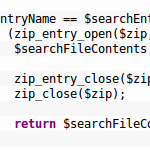
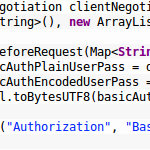


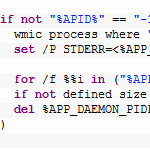

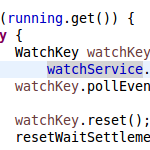
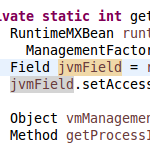
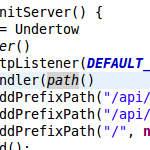
Recent Comments